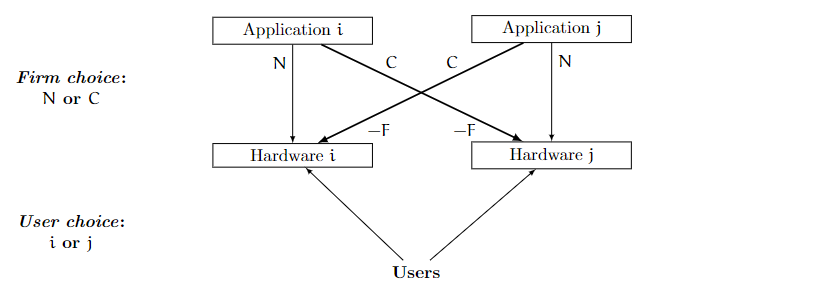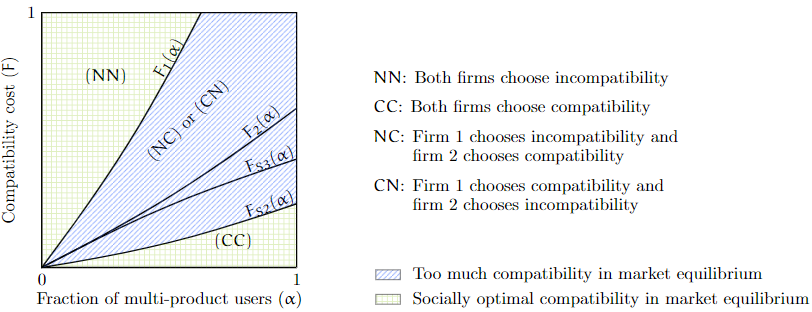Working Papers
* Sponsored Search: Theory and Evidence on How Platforms Exacerbate Product Market Concentration
Abstract
Draft
Appendix
How do sponsored advertisements affect product market concentration, through
their effects on firms' pricing and consumer behaviour? To analyse this,
I develop a theory of digital markets where an intermediary provides a
platform for firms to advertise their product and where consumers need to
engage in costly search if they want to learn about the product characteristics.
First, I show that when prices are observable prior to the costly product
inspection, the less prominent (lower in the search order) firm is forced to
lower its price in order to attract more visitors, thus putting it at a competitive
disadvantage. Second, I augment this model by allowing the intermediary
to determine endogenously, through an auction, the order in which products
are displayed and the advertising commissions to be paid (per-click). I show
that the pass-through from these commissions to product prices is actually
higher for the less prominent firm, thus further putting it at a competitive
disadvantage. In equilibrium, these asymmetries in consumer price elasticity
and commission pass-through lead to lower competition, consumer surplus
and total transactions in the product market. Third, I show that the pay per-
click business model is intermediary-optimal while the pay per-sale and the
consumer subscription fee models improve consumer surplus at the expense of
the intermediary. Fourth, I provide novel empirical evidence that is consistent
with some key predictions of the model. These results contribute to the ongoing
policy discussions on the effect of dominant digital platforms on product market
concentration.
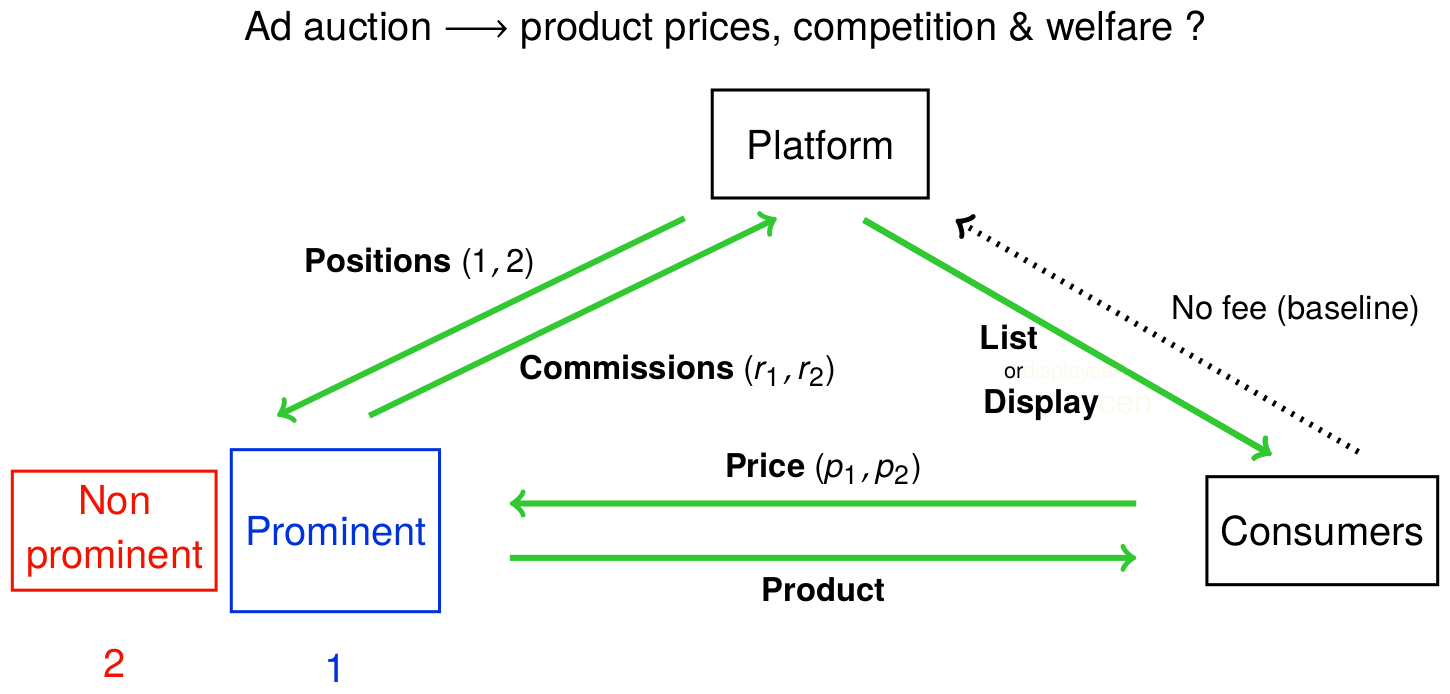
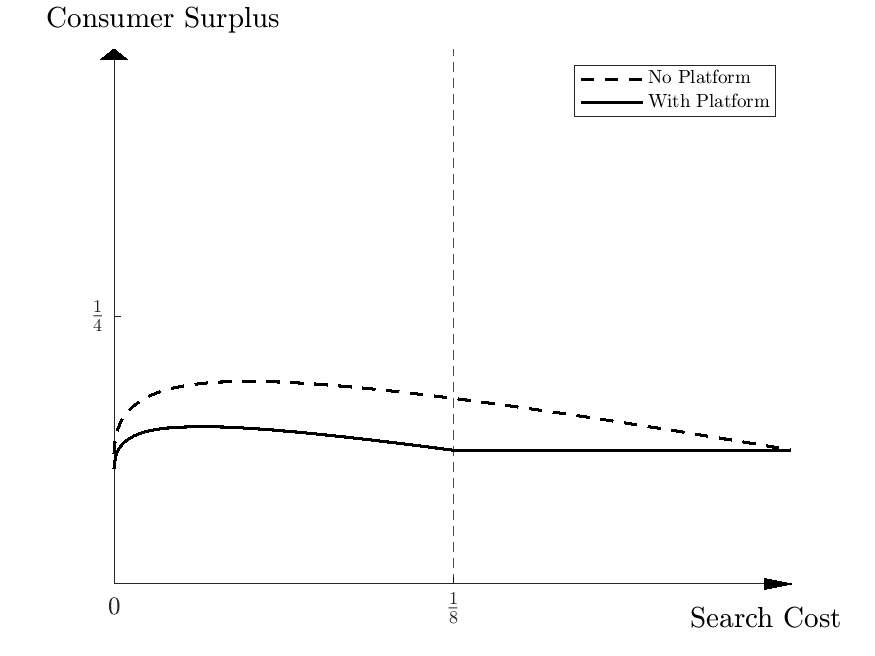
* Sleeping With The Enemy? How Constituents Constrain Politicians’ Behavior Towards Interest Groups
with Miguel Espinosa and Giorgio Zanarone
Abstract
Draft
Do politicians’ constituents limit the influence of special interest groups? We
investigate how foreign countries’ reputations aff ect U.S. politicians’ behavior
toward international interest groups. Using novel data on lobbying contacts
and public speeches, we employ a difference-in-diff erences approach to assess
the impact of negative country-reputation shocks. Our findings reveal a dual response. Politicians with strong ties to affected countries receive fewer campaign
contributions and publicly distance themselves from those countries. However,
they increase meetings with lobbyists from the shocked countries, especially
when constituents hold negative views of the country. This pattern suggests an
optimal decoupling of public and private behavior: politicians publicly distance
themselves to mitigate backlash while privately maintaining collaborations. As
shocks increase the political costs, interest groups intensify lobbying efforts by
offering more expertise and advice. Our study indicates that while constituents
impose some constraints, politicians and interest groups strategically navigate
these to sustain their collaboration.
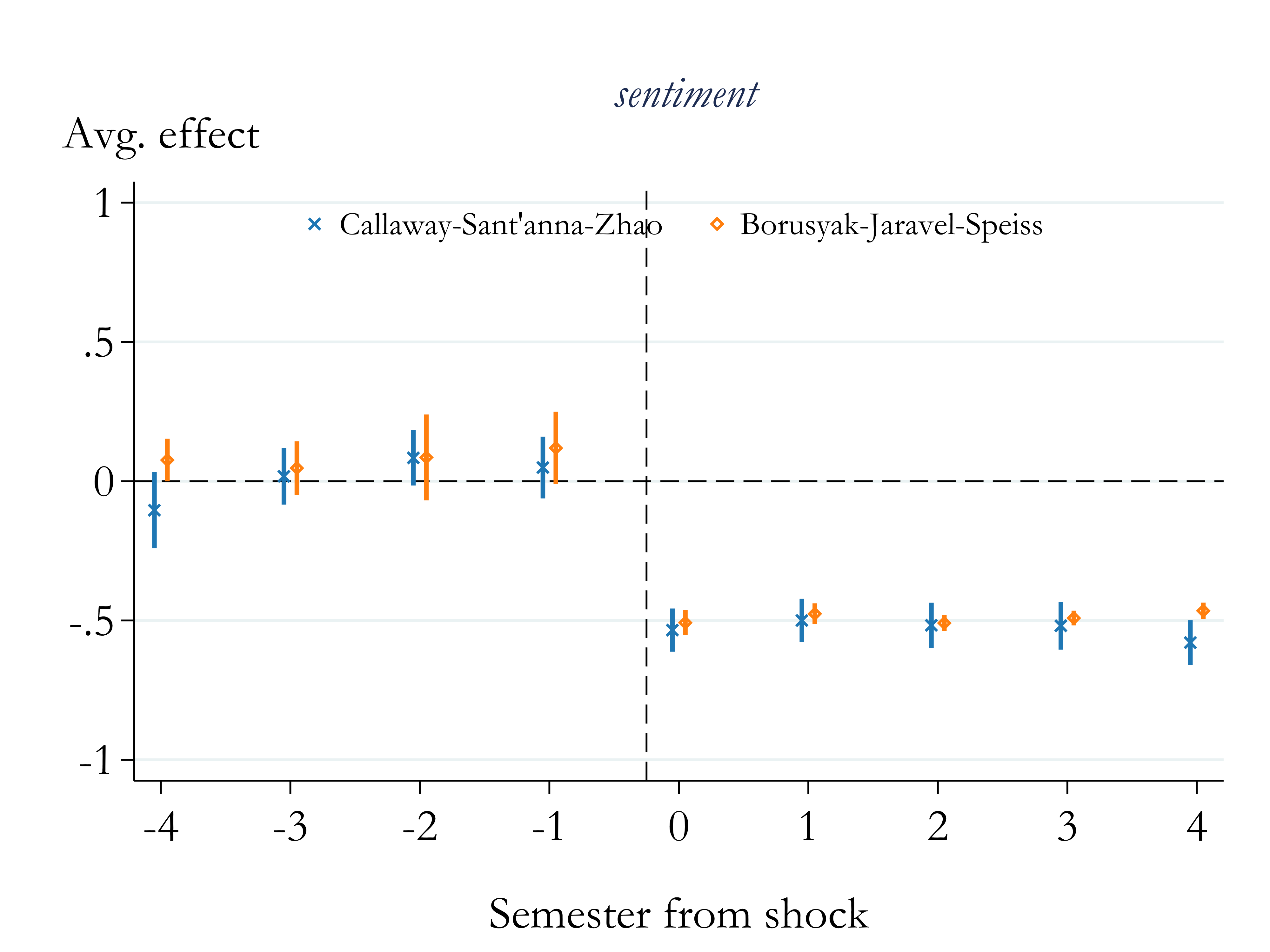
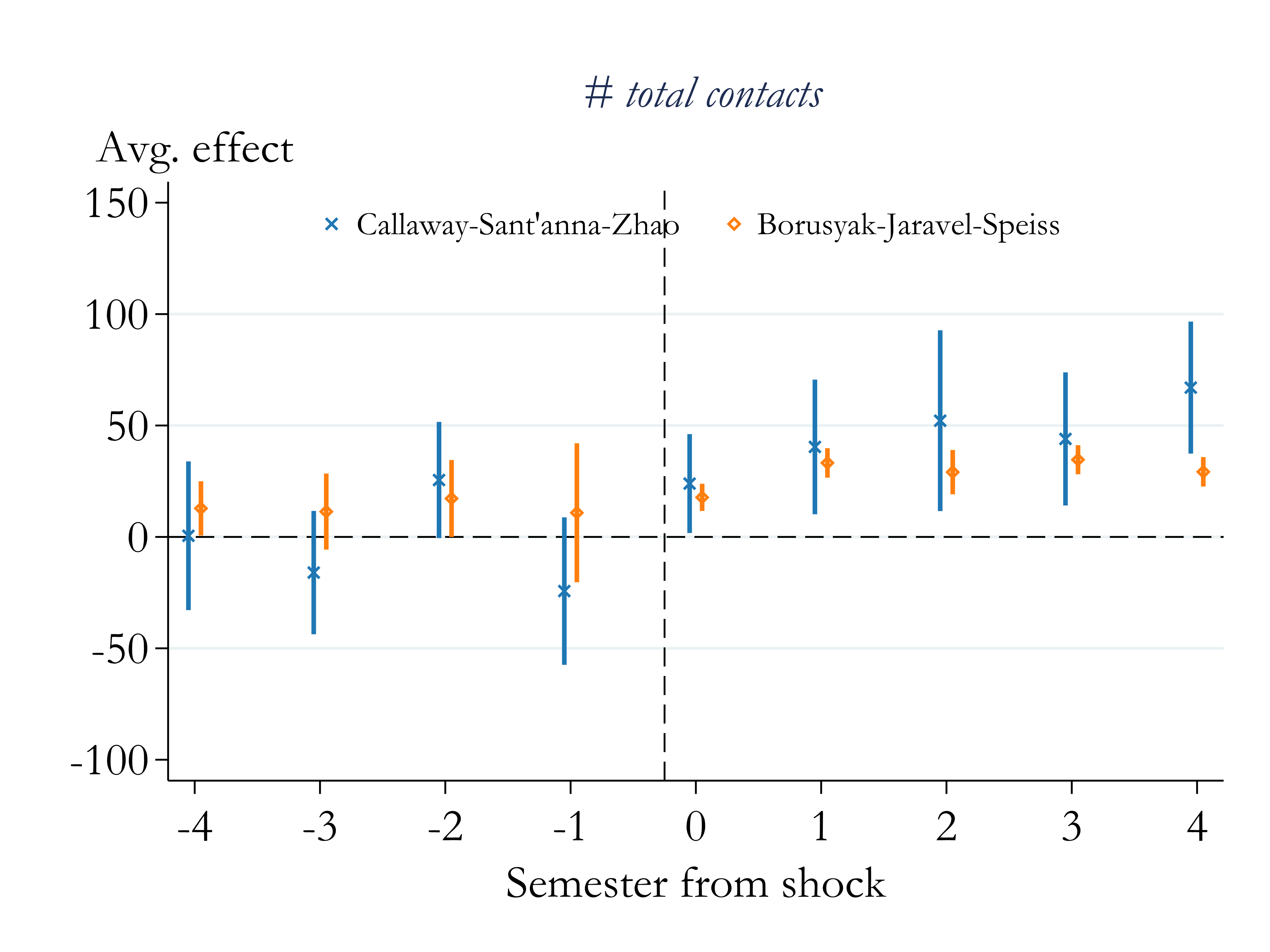
* Identity, Market Access, and Demand-led Diversification
with Sampreet Goraya
Abstract
Draft
Using Indian microdata on employer-employee caste composition and household consumption, we document that demand is segmented along caste lines, re-
stricting firms’ ability to penetrate markets, and affecting the firm size distribution
in the economy. We develop a model where consumers prefer goods produced
by socially closer groups and firms overcome these barriers by hiring employees
from the target consumer group. We identify the structural parameters governing
demand segmentation using rainfall-induced demand shocks. Our counterfactuals show that social identity-driven barriers restrict the growth of high-quality
firms while keeping low-quality firms in the market, thus constraining aggregate
income. A decline in the cost of hiring out-group employees increases firm size
through greater market access and enhances consumer welfare through greater
variety of products.

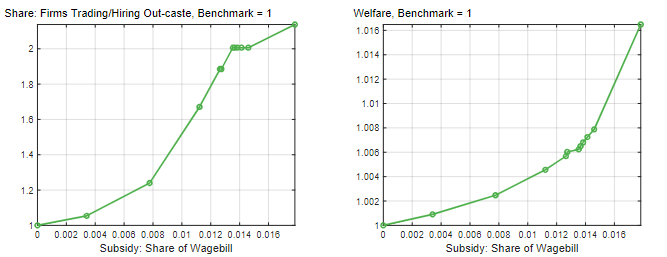
* Application Compatibility in the Presence of Preference for Variety
with Gaurav Jakhu
Abstract
Draft
With the rising relevance of digital products, there has been an increased regulatory focus on understanding the competitive dynamics of digital ecosystems. Using
a theoretical model, we examine competition between two multi-product firms, each
selling hardware and an application, where each fi rm decides on the compatibility of
its application with the rival hardware device. Distinct from previous work, we take
into account consumers’ preferences for variety of applications. We find that, even with
ex-ante symmetric firms, an asymmetric compatibility regime (with one firm choosing
compatibility and the other firm choosing incompatibility) can arise in equilibrium.
Moreover, the likelihood of an asymmetric compatibility regime is higher in markets
with a higher fraction of users consuming both hardware and applications, weaker
hardware device diff erentiation, higher per-user advertising revenue, and lower per-
unit nuisance cost of advertisements. Also, from a welfare point of view, we find that
full compatibility is not always socially optimal.
